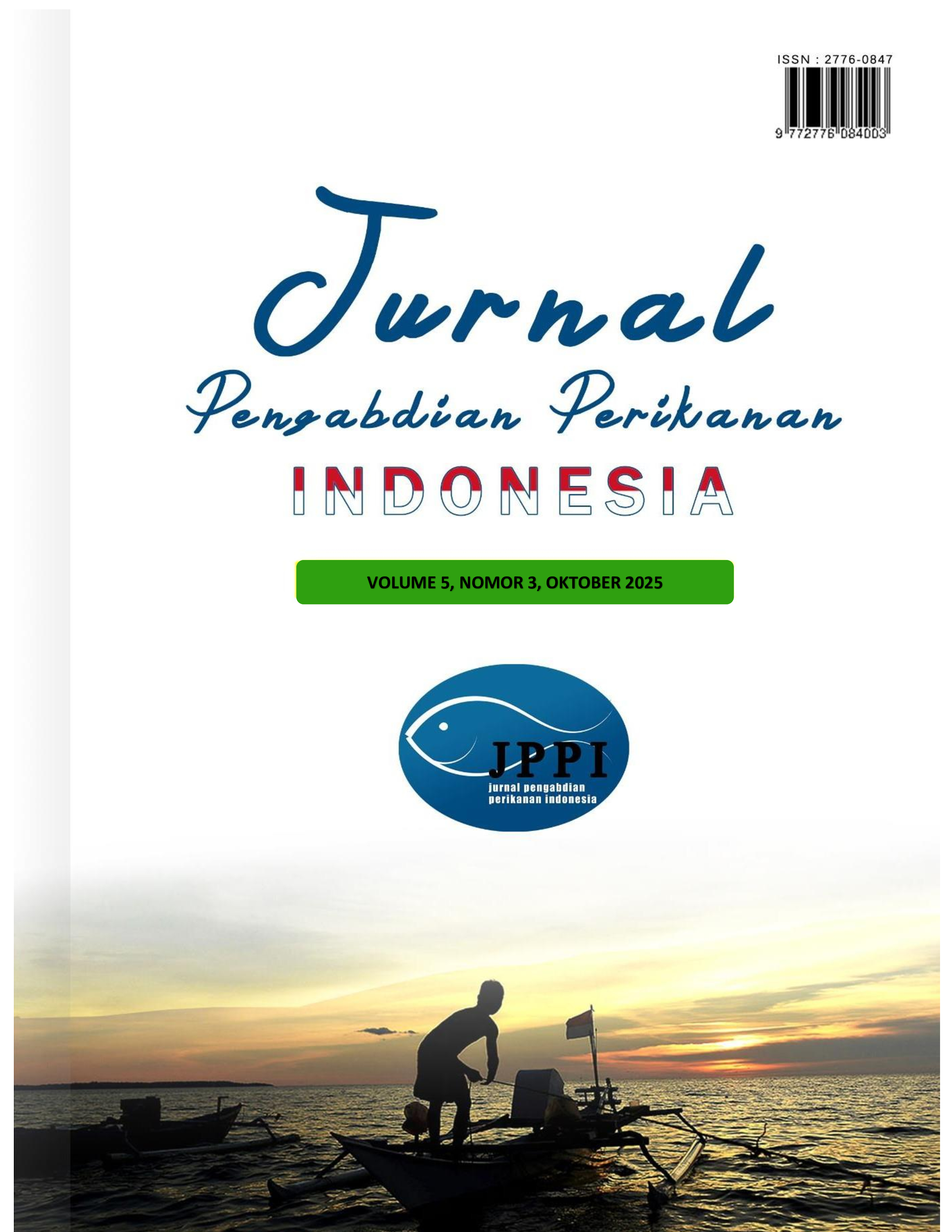Indonesia Indonesia
DOI:
https://doi.org/10.29303/mthsmp64Keywords:
Ikan Nila, Bioflok, Pertumbuhan IkanAbstract
Tilapia have a good ability to adapt to their environment and exhibit rapid growth. This study aimed to determine the growth of tilapia cultured using the biofloc system. The research was conducted in Dusun Batulayar Selatan, Desa Batulayar Barat, Kecamatan Batulayar, Kabupaten Lombok Barat. The tilapia fry used had an initial average weight of 10 grams and a length of 8 cm. The stocking density was 500 fish per round pond with a diameter of 2 meters. Feed was given three times a day at 3% of the fish’s body biomass. In addition to feed, molasses was also provided. Fish growth was monitored weekly by measuring the length and weight of 100 fish. Water quality parameters monitored included pH, dissolved oxygen (DO), and temperature. The results showed that after 2 months of rearing, the tilapia had an average weight growth of 48.55 grams and an average length of 12.43 cm. Based on these results, the biofloc system is expected to be an effective alternative for tilapia cultivation.



